The History of Body Piercings
Body piercings have transcended mere fashion statements to become enduring symbols of cultural identity, personal expression, and even rites of passage. From ancient rituals to modern trends, the history of body piercings is a fascinating journey that spans centuries and continents.
Ancient Origins:
The practice of body piercing dates back thousands of years, with evidence found in archaeological excavations across different civilizations. One of the earliest records of body piercings comes from ancient Egypt, where both men and women adorned themselves with various piercings, including earrings, nose rings, and navel piercings.
These piercings were not just ornamental but held significant cultural and religious meanings, symbolizing social status, fertility, and protection against evil spirits.
In ancient Rome, body piercings were also prevalent, with soldiers adorning themselves with nipple piercings as a sign of masculinity and bravery. Similarly, in India, nose piercings have been a part of traditional customs for centuries, representing marital status and cultural identity among women.
Rituals and Symbolism:
Throughout history, body piercings have been deeply intertwined with rituals and symbolism, often marking important milestones in one’s life. In many indigenous cultures, piercings were (and still are) performed as rites of passage, signifying the transition from adolescence to adulthood. These rituals varied widely, from facial piercings among Native American tribes to lip and ear piercings among African tribes.
Even more so, piercings have been used as symbols of affiliation and belonging within certain groups or communities. For example, sailors in the 18th and 19th centuries often sported ear piercings, not only for aesthetic reasons but also as a form of identification within their maritime brotherhood.
Colonial Encounters and Globalization:
The colonial era brought about significant cultural exchanges, leading to the spread of body piercing practices across different continents. European explorers documented encounters with indigenous peoples who adorned themselves with intricate piercings, marveling at the diversity of cultural expressions. During the late 20th century, body piercing experienced a resurgence in Western societies, fueled by the emergence of alternative subcultures and the desire for self- expression. The punk movement, in particular, embraced body piercings as a form of rebellion against mainstream norms, with individuals sporting eyebrow, lip, and even tongue piercings as symbols of defiance.
Modern Trends and Cultural Shifts:
In recent decades, body piercing has become increasingly mainstream, with piercing studios and jewelry shops flourishing in urban centers worldwide. From simple earlobe piercings to elaborate body modifications, the options are endless, catering to a diverse range of tastes and preferences.
The perception of body piercings has evolved, with many people embracing them as a form of personal empowerment and self-expression. Tattoos and piercings are no longer seen as taboo but rather as legitimate forms of body art, celebrated for their beauty and individuality.
The history of body piercings is a testament to the enduring human fascination with adornment, ritual, and cultural identity. From ancient civilizations to modern subcultures, piercings have served as markers of status, rites of passage, and forms of self-expression. As we continue to evolve as a society, the practice of body piercing will undoubtedly adapt and thrive, reflecting the ever-changing landscape of human expression and identity.



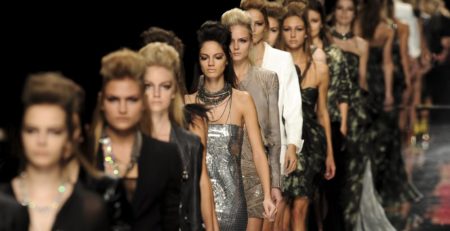

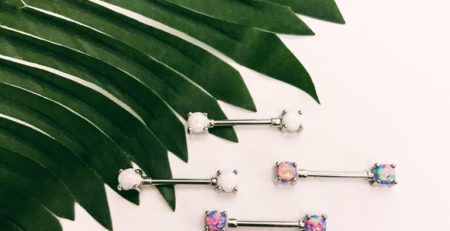
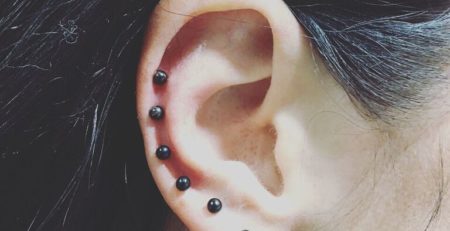
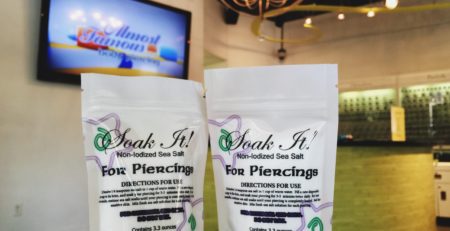



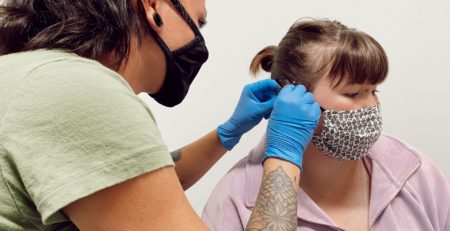


Leave a Reply